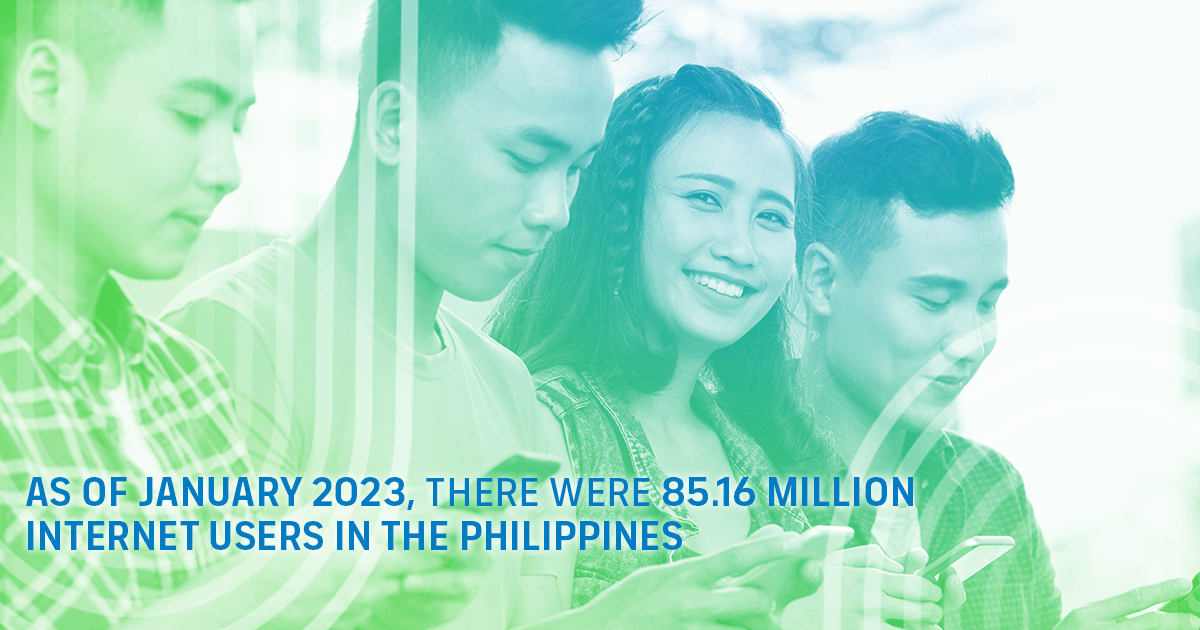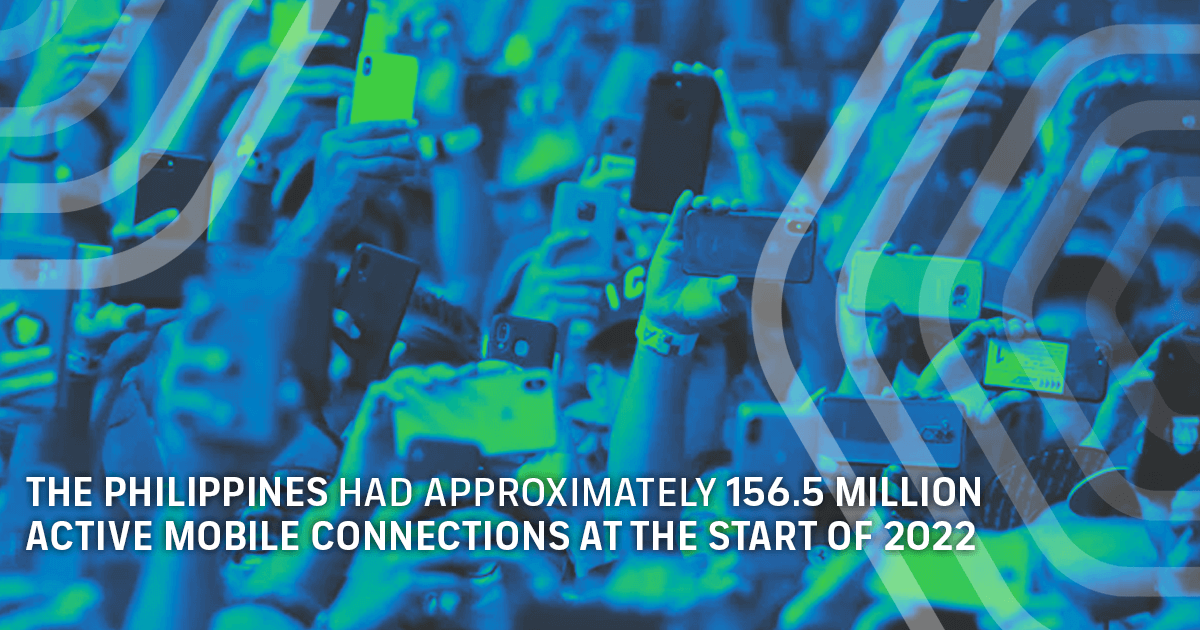The Philippines’ e-commerce industry is experiencing significant growth as Filipino consumers turn to online shopping. Mordor Intelligence report projected that the ecommerce market in the Philippines will have compounded annual growth rate of 14.1 percent during the 2018 to 2028 period.
The COVID-19 pandemic has fueled this trend, with more businesses leveraging the advantages of e-commerce platforms in the country. The several restrictions during the pandemic had forced many retailers to shut down making consumers rely on online shopping to access vital goods and services.
This has led to a sudden surge in ecommerce activity in the country.
Right now, the Philippines is one of the fastest-expanding markets in Southeast Asia. The country’s numerous websites and digital applications compete for market share with domestic, regional, and international players.
Ecommerce as an Economic Driver in the Philippines

The digital economy of the Philippines is anticipated to develop at a 20 percent CAGR from $20 billion last year to $35 billion by 2025, according to the E-conomy SEA 2022 report of Google, Temasek, Bain & Co.’s
The country’s e-commerce industry, which is anticipated to develop at a 17 percent CAGR to $22 billion by 2025, will play a huge role in the expansion of e-commerce.
By 2030, the Philippines’ digital economy is expected to have a gross merchandise value of between $100 and $150 billion.
Trade Secretary Alfredo Pascual also saw the potential of ecommerce in unleashing the country’s economic potential. He believes that the country has already all the ingredients, which he called “economic assets”, to make it happen.
According to Pascual, these economic assets are the “young and digital native population, a growing middle class, available and affordable technologies, and significant surpluses in the financial sector”.
Driven by the Digital Lifestyle of Filipinos

The large Filipino population inclined toward digital technology is one of the biggest reasons for the continual growth of the ecommerce industry in the Philippines.
Both local and foreign businesses have recognized the fact that shopping online has become a habit for Filipinos, both young and old, even post-pandemic. As a result, businesses that used to have only brick-and-mortar stores now maintain online stores at the same time.
In 2021, the eCommerce market sales of the Philippines reached $17 billion, largely contributed by 73 million online active users. This is estimated to reach $24 billion, with a 17% growth through 2025.
As of January 2023, there were 85.16 million internet users in the Philippines, according to Kepios analysis. It’s worth noting that this is already 73.1 percent of the country’s entire population at the start of the year.
It also indicates that internet users in the Philippines increased by more than 13.4 percent or 10 million between 2022 and 2023.
Accessibility to Mobile devices also Plays a Huge Role

The rise of smartphone usage in the country has significantly contributed to the growth of e-commerce. The main reason is that mobile phones offer a convenient way for consumers to access online marketplaces.
According to data from GSMA Intelligence, the Philippines had approximately 156.5 million active mobile connections at the start of 2022. This indicates that there is significant potential for e-commerce to expand its reach through mobile apps.
This is supported by a 2022 study by e-commerce aggregator i-Price. The firm report titled “The State of Online Shoppers in Southeast Asia 2021/22,” showed that mobile purchases in the Philippines have now surpassed desktop purchases by more than double.”
The study also revealed that 5 percent of users browsing with their mobile phones ended up in a checkout. This is higher on desktop traffic which only has 3 percent that resulted in a purchase.
Ecommerce Industry Challenges in the Philippines

Despite the visible growth, the ecommerce market of the Philippines faces challenges. One of the biggest hindrances to its growth is the continued low ranking for mobile and fixed broadband internet speed.
OOKLA’s April 2022 Speedtest Global Index revealed that the country ranked 59th out of 182 countries for its 55.21 Mbps fixed broadband internet speed. On the other hand, the mobile internet speed was 19.45 Mbps which ranked 95th out of 141 countries.
The 22,405 cellular towers in the Philippines are also significantly lower than other ASEAN countries like Vietnam with 90,000 and Thailand with 60,000. Due to the geographical setup of the country, the Philippines need more than 70,000 cellular towers to cover the entire country.
Building trust among consumers and changing consumers’ perception of ecommerce is also a challenge in the industry.
Philippine Central Bank reported that 51 percent of Filipinos do not own a bank account and only 8 percent used credit cards in 2019. Instead, Filipinos prefer to use the cash-on-delivery payment method. They also often use partner payment centers such as large convenience stores and e-wallets such as GCash and PayMaya.
Credit card users are wary of online transactions due to hacking incidents and weak cybersecurity protection in the country.
Need More Support From the Government

Despite the country’s significant progress of ecommerce in the Philippines, the country still doesn’t have effective management and technology that is accessible to a wider audience.
The lack of initiative of the governments and local groups to establish an infrastructure that would advance the country’s technology and internet sectors could hinder the growth of ecommerce.
However, there is hope for change. According to experts, the Philippine government can create a more conducive environment that is conducive to ecommerce expansion. This may include enhancing internet speeds, cutting the price of smartphones and computers, implementing stronger protection for online buyers and sellers, and establishing tighter regulations for delivery service providers.
By creating a more supportive environment for e-commerce, the country can benefit from the new opportunities offered by online businesses and change how people go about their daily lives





